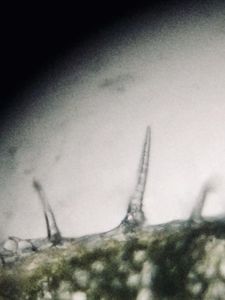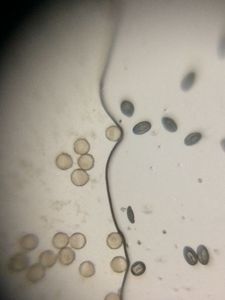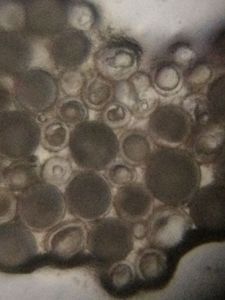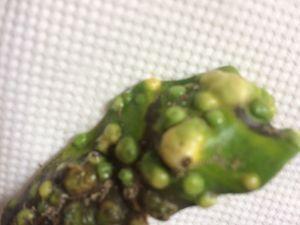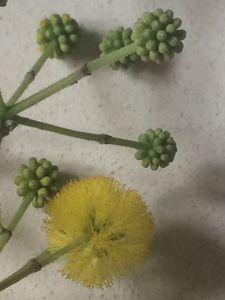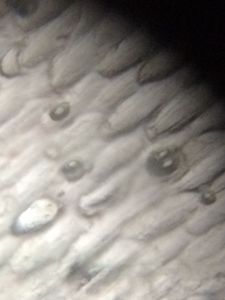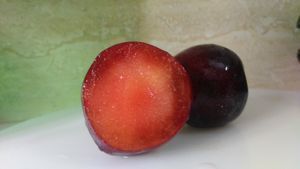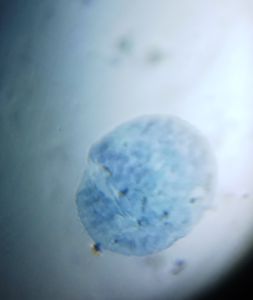Spores in resurrection plant – Selaginella
 Jul 10, 2018 • 9:47 AM UTC
Jul 10, 2018 • 9:47 AM UTC Unknown Location
Unknown Location 140x Magnification
140x Magnification Microorganisms
Microorganisms
Rahul_SD13
Learn about the author...
14posts
7comments
1locations
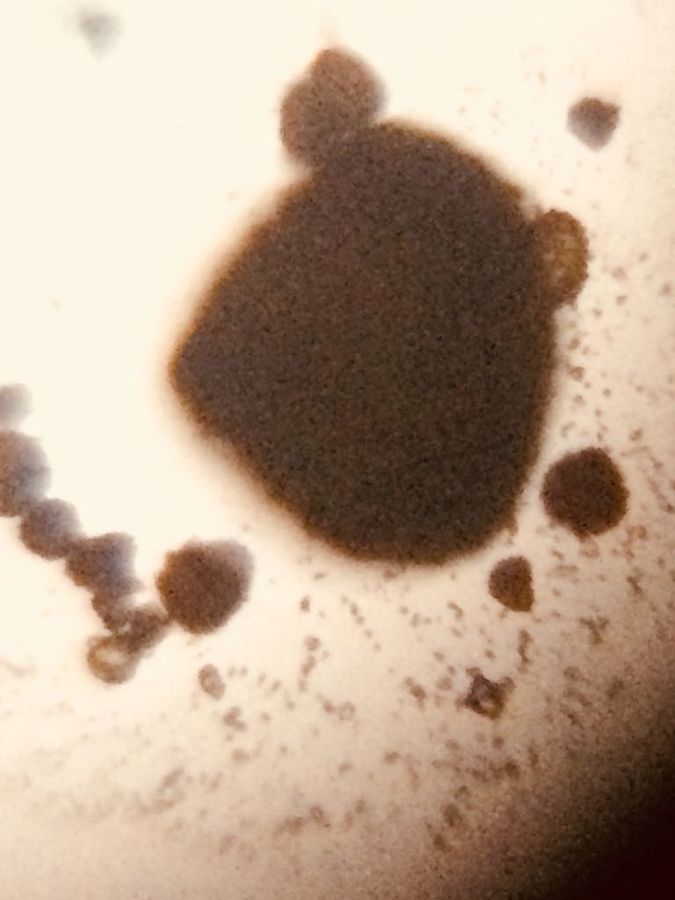
In vacations I was able to collect a resurrection plant – Selaginella belonging to the group Pteridophytes from Dehradun (India). Selaginella is commonly known as ‘spike moss’ or ‘club moss’. Mostly the species prefer moist and shady places, but a few species are also found growing in xerophytic conditions on rocks and are sold under the name of resurrection plants. They curl and become ball like when dry and again become green and fresh when moisture is available. When dry they can be put in narrow mouthed bottles, and on pouring water, these swell up – a beauty.
The plant body has profusely branched, delicate stem bearing small and simple leaves. Each leaf has a single unbranched midrib and a serrated margin and a pit at the base called glossopodium from where a small ligule or tongue-like structure arises.
The plant body has profusely branched, delicate stem bearing small and simple leaves. Each leaf has a single unbranched midrib and a serrated margin and a pit at the base called glossopodium from where a small ligule or tongue-like structure arises.
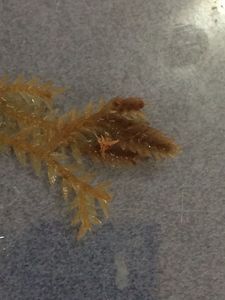
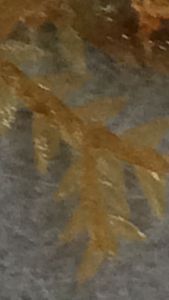

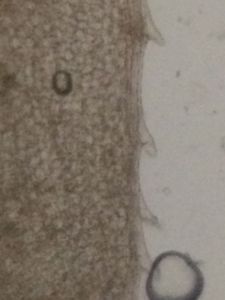
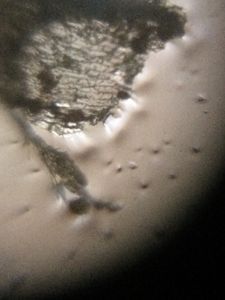
Serrated margin of the leaf (on left) Glossopodium (on right)
The leaves near the tip bear sporangia and are called sporophylls and are aggregated into a strobilus. The strobili are bisporangiate forming microspores in microsporangia and megaspores in megasporangia. Under the foldscope I was able to see spores being released from sporangia.
I was amazed to see the difference in size of microspore and megaspores. Megaspores were very large in size, while microspores were smaller in size. Microspores were somewhat spherical in shape, while megaspores were tetrahedral.
The leaves near the tip bear sporangia and are called sporophylls and are aggregated into a strobilus. The strobili are bisporangiate forming microspores in microsporangia and megaspores in megasporangia. Under the foldscope I was able to see spores being released from sporangia.
I was amazed to see the difference in size of microspore and megaspores. Megaspores were very large in size, while microspores were smaller in size. Microspores were somewhat spherical in shape, while megaspores were tetrahedral.
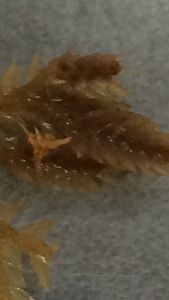
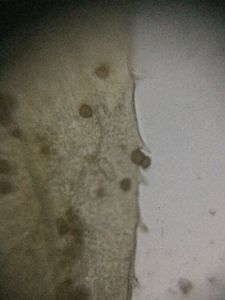
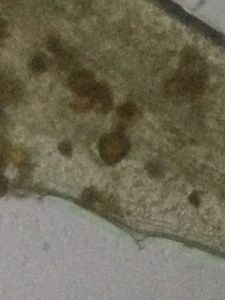
Strobili and sporophylls
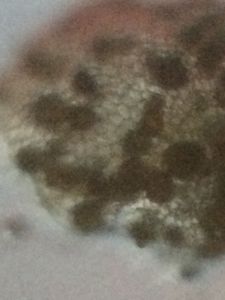
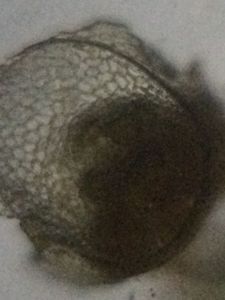
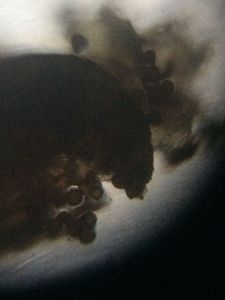
Microsporangium and its dehiscence

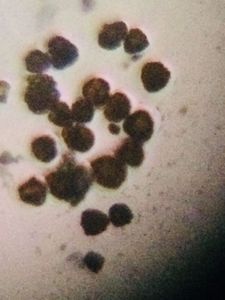
Microspores
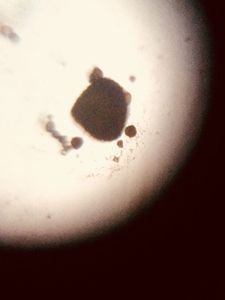
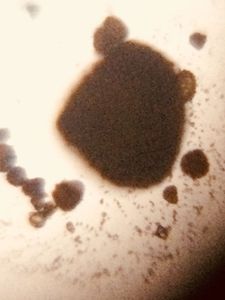
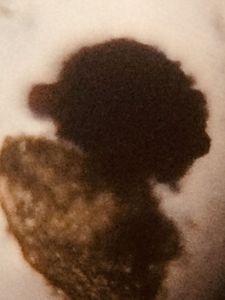
Sign in to commentNobody has commented yet... Share your thoughts with the author and start the discussion!
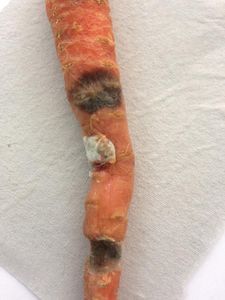
 0 Applause
0 Applause 0 Comments
0 Comments